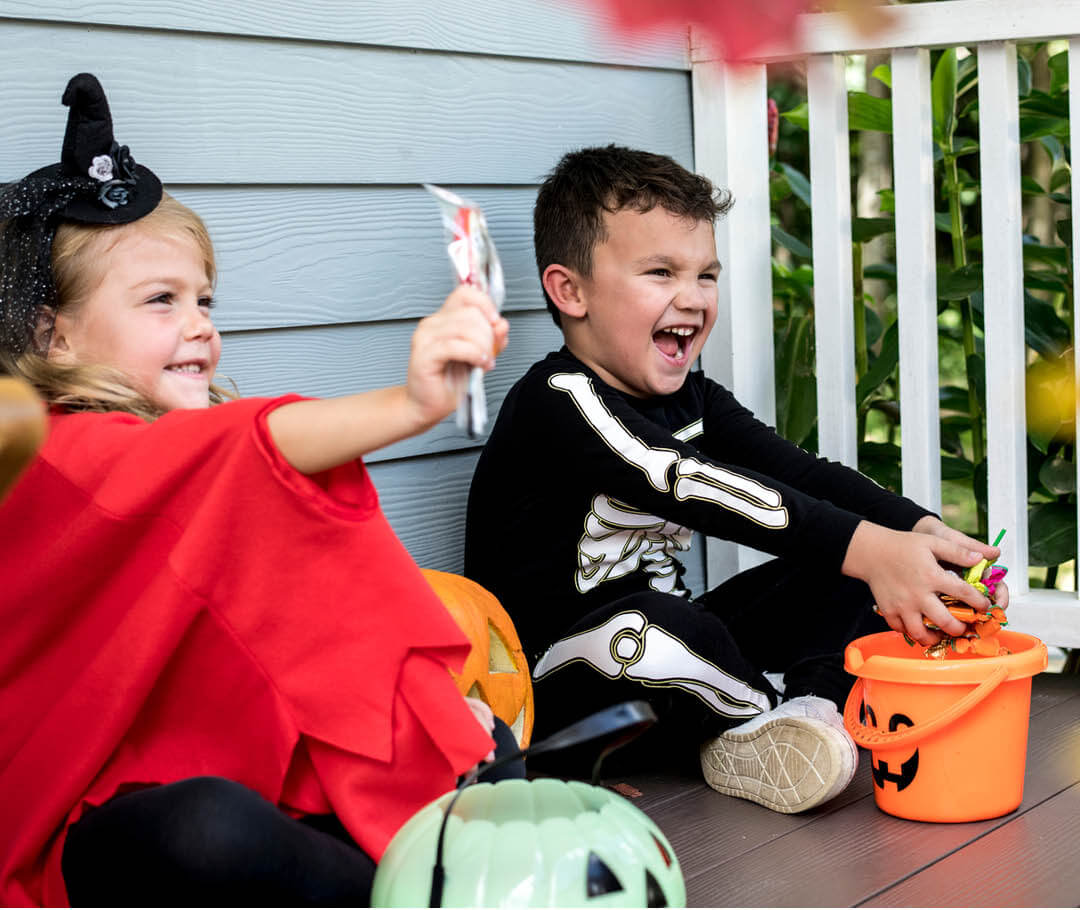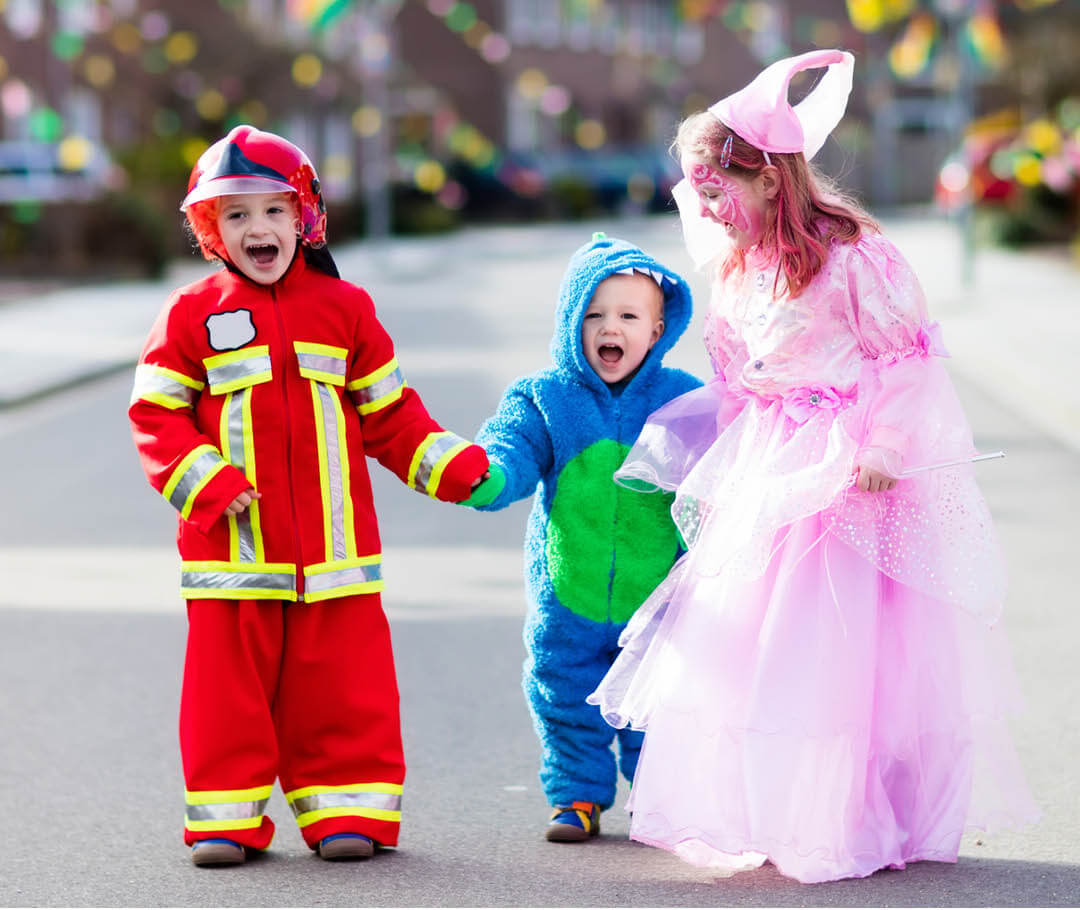November 25, 2025
Halloween Tips for Parents of Kids with Autism
FEATURED POSTS
November 7, 2025
Halloween is just a few short weeks away. As we prepare for the decorations and fun activities to come, now is the time to consider some ways you can help your child to have a happy and fun Halloween experience.
PRACTICE
Know the route you plan to take on Halloween and practice the walk with your child before Halloween. Consider taking about 3 practice walks beginning 1 week before and leading up to the big day.
ROLE PLAY
Let your child play out the scenario of trick or treating by walking up to a door, ringing the doorbell. Enlist a friendly neighbor to help you act it out, or practice at your own front door. Give candy! If you give them an actual piece of candy they will be way more excited about what is in store.
CHOOSE CAREFULLY
There are so many fun and creative costumes to choose from but be cautious about getting anything that may irritate your child, particularly sensitive areas around the ears, eyes or throat.
HAVE A BACK UP PLAN
Stay flexible on the day. If your child is not up for the outing, have a back-up plan that includes fun indoor activities.









